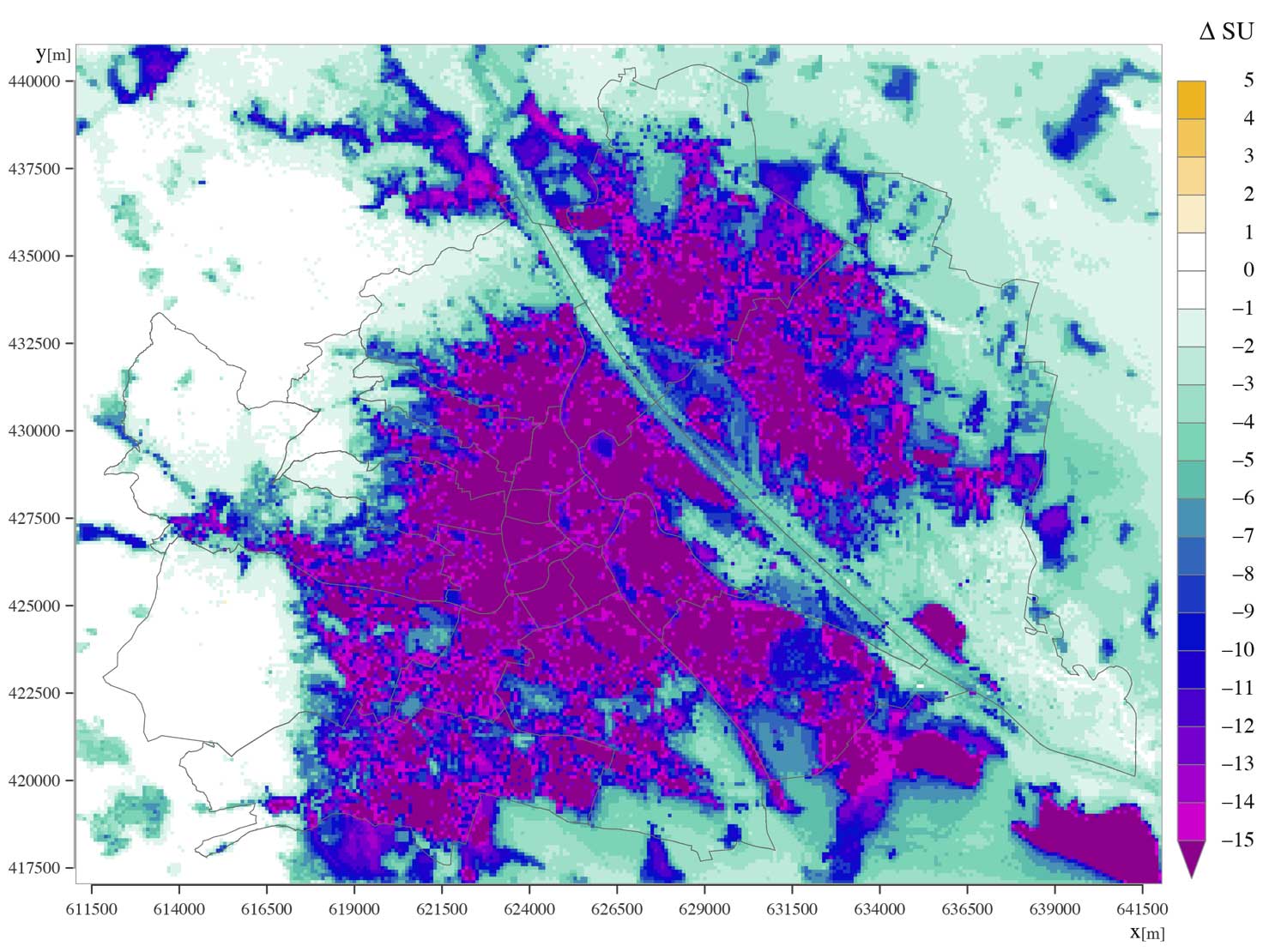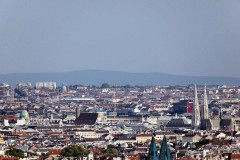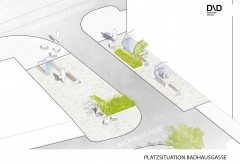The KELVIN project, led by the Joanneum Research Forschungsgesellschaft mbH*, analysed various concepts for the reduction of urban heat islands. One of the central questions concerned the effect that a change in the surface albedo, i.e. the reflectivity of roofs, roads and parks, has on the microclimate in densely developed urban areas. The influence of green roofs on the urban heat island effect was also investigated. Using the city of Vienna as an example, possible consequences were quantified, such as energy savings from a reduced demand for building cooling, and reductions in carbon dioxide emissions.
Reducing urban heat islands
Solar energy is absorbed and stored more and for longer in urban areas than in rural landscapes. The type and colour of the surfaces of roofs, roads, parking spaces, etc. as well as the thermal storage capacity of the materials used play an important role in this effect. Based on high-resolution topographical and land use data, reference values for the albedo of the existing buildings in Vienna were collected from satellite data for the period 2000 to 2014. With the help of microclimatic simulations, the project team was able to estimate how the urban heat could be reduced by changing the surface albedo of different urban structures and through increasing rates of evaporation from green areas (e.g. by using highly reflective roof coverings, green roofs and facade greening).
Estimating potentials for Vienna
The project results show that the comprehensive use of highly reflective roof coverings with a reflective capacity of approx. 70%, combined with fully exploiting the potential for roof greening in Vienna, would lead to a sharp decline in the number of hot days (maximum temperatures ≥ 30 °C). Based on climate values for the years 1981 to 2010, these actions could give a maximum reduction in the number of hot days for the Vienna city centre (Innere Stadt district) of 29%, and of up to 20% for areas away from the centre. If highly reflective building facades and sealed surfaces are also included in the model (as a theoretical overall potential), then a maximum reduction in the number of hot days of up to 53% could be achieved, e.g. for the Innere Stadt district. The energy-saving potential in these scenarios – for the same cooling performance – is approx. 5,000 to 20,000 MWh per year. This would save between 600 and 2,000 tonnes CO2 equivalent of greenhouse emissions.
Subsequent projects will aim to develop methods for low-cost transfer of this model to other cities. Plans are also in place to implement case studies, e.g. measurements on installed roof surfaces with a higher albedo or roof greening, planting in pedestrian zones, etc. in selected Austrian cities.
* Project partners
Joanneum Research Forschungsges. mbH, DIGITAL – Institut für Digitale Bildverarbeitung (Institute for Digital Image Processing), LIFE – Institut für Klima, Energie und Gesellschaft (Institute for Climate, Energy and Society), ZAMG – Zentralanstalt für Meteorolgie und Geodynamik (Central Institute for Meteorology and Geodynamics)


